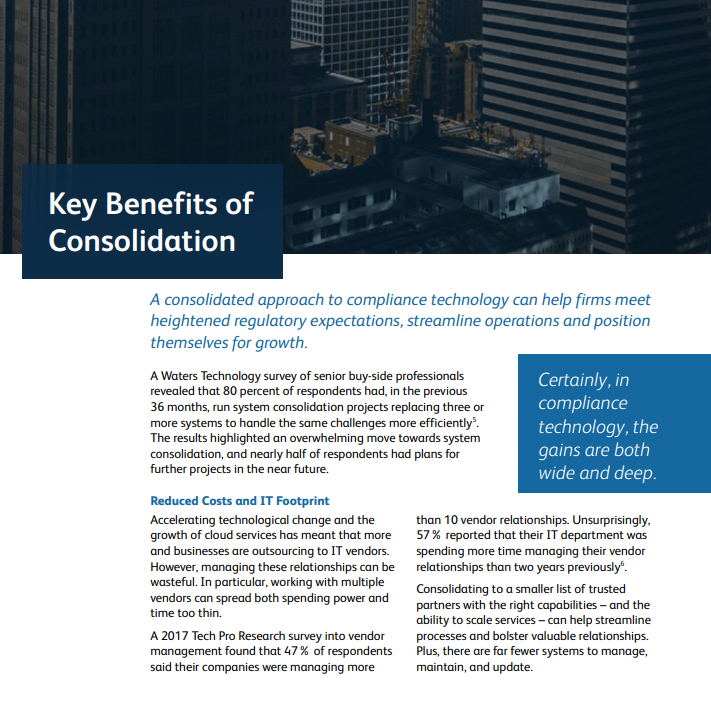White paper writer – bringing clarity to the complex
Establishing your leadership status, driving engagement and solving your clients’ issues – it’s not surprising that for many businesses, white paper writing represents a cornerstone of their marketing. As a highly experienced professional white paper writer, I can research, structure and write white papers that meet all your requirements.
The three aims of white papers
A well-written white paper will help your target audience in at least one of three ways:
- It will give them in-depth understanding of an issue, service or product.
- It will help them make a decision
- It will allow them to solve a problem
It’s why white paper copywriting should be authoritative. It positions you or your organisation as the expert in a particular field, while not, for the most part, being overtly sales-orientated.

CBRE Operational Outsourcing Guide Editing

Kaspersky – Heavy Industry Cybersecurity White Paper

AI and ML White Paper Series for TSG – Overview

AI and ML White Paper Series for TSG – Reinforcement Learning

AI and ML White Paper Series for TSG – Unsupervised Learning

KPMG Slant – Thought Leadership Resource Copywriting

MyComplianceOffice fintech white paper writing

Rutherford Search – How to Identify the Best Head of Compliance
White paper writer – who are the target audiences?
Good white paper writing can engage multiple audiences:
- Potential clients looking for organisations they can trust to give them authoritative solutions.
- Current customers seeking affirmation that they are working with the best in their field.
- Journalists looking for depth on a particular subject.
- Industry analysts seeking broader understanding of a particular topic.
- Potential investors or partners who want reassurance that your business will be right for them.
- Job seekers who want to entrust their careers to the best in their field.
Which sectors can benefit from white papers?
- IT white papers – the technical sector has always made extensive use of white papers. Their products and services are often complex and hard to understand, with features and associated benefits that may not easily be reduced to a few sentences. That, of course, extends to specialist areas such as SaaS. (See more tech copywriting samples here.)
- Financial white papers – as with IT, this sector often features complicated financial instruments or concepts. (View my financial copywriting examples here.)
- B2B white papers – organisations in other sectors often make good use of white papers. For example, procurement providers and even recruitment consultants.
What’s the ideal length for a white paper?
As ever, the old adage about writing as much as you need to and no more holds good.
In many cases, the sweet spot for a white paper is around 3,000 to 4,000 words. Much longer than 5,000 words and you’re getting into the realms of e-books.
Alternatively, you can spread what you need to say across several white papers, each with a different focus (as with some of the examples shown).
The long and the short of it
If white papers are at the word-heavy end of the marketing equation, then videos are at the other. The two complement each other perfectly and I am often asked to write video scripts which serve in effect as a brief summary to the complexities of white papers. For more details, please see video scriptwriting.
What information should you include in white papers?
Long-form content like this needs many elements to be successful:
- Proper research, with citations. You’re not just offering your opinion or trying to sell something – you need to be authoritative and trustworthy.
- Links to outside sources – to back up your research, but also to be a helpful resource for the reader. You’ve done all the work so they don’t have to. (Those you link to will appreciate it too.)
- Proper structuring. You’re using thousands of words here. You need headlines, subheads and bullet points. Maybe a pull-out quote or key statistic as well.
- You also require imagery – diagrams, charts, tables and so on. It breaks up the text while also adding clarity and authority. Photos or illustrations help too.
- A call to action. This is where you get to do a little bit of selling, after you have given the reader all this lovely free information. Now they’re reassured you know what you’re talking about, they’re more receptive to what you have to offer them directly. As with all signoffs, give them a choice by including a phone number, email address and website link.
How to promote white papers
You have invested a lot in your white paper, so make sure that it reaches the right audiences:
- Feature an introduction to it prominently on your home page
- Send emails about it
- Include it in your next newsletter
- Mention it in email signature lines, or add a banner
- Post about it on LinkedIn, Twitter and Facebook
- Create blog posts to introduce it, and to highlight key topics
- Write a press release about it
- Give it to prospects on sales calls or at events
One of the best ways to ensure readership is to use it broaden your database. Offer it as a free download in exchange for a prospects’ contact details.
How to repurpose white papers
There are many ways in which to further boost the return you get from investing in a white paper:
- Turn it into one or more brochures
- Break it up into blog posts or LinkedIn posts
- Use elements of it in slide decks for presentations
- Post part or all of it on outside websites
A good white paper can go on subtly promoting you in many ways, and for many months or even years.
White paper writing and SEO
You can optimise your white paper for search engines just as you would any part of your website or anything else you post online. In fact your white papers can be a great way of boosting your general web traffic.
- Choose and use appropriate keyword terms. There’s no need to overdo this – the main headline and the first paragraph are the most important, but it certainly doesn’t harm to include terms in subheads or elsewhere in the copy.
- Include keyword terms in the title tag and other tags as appropriate.
- Support it as you would any other piece of content, with links, plus posts and other content as detailed above.
Just bear in mind, however, that a white paper is generally about thought leadership rather than selling. So don’t try and sneak in keyword terms that directly promote your business.
How much does a white paper cost?
The average white paper is between 3,500 and 4,500 words. It typically takes five to seven working days to do everything, although you should be prepared for it to take several weeks before final sign-off.
It typically involves:
- Talking to different stakeholders
- Background research
- Preparing and agreeing an initial outline and structure
- Writing the content
- Researching references
- Suggesting suitable graphs, tables and images
- Writing amends following initial feedback
- One or more further sets of amends to take into account the opinions of other stakeholders and proceed to sign-off.
- Optional social media posts to promote the white paper
Based on the above, my charge for a typical white paper would be £3,500 (plus VAT for UK clients). Some charge less, but many charge considerably more.
The exact figure will depend on length and complexity, of course. I can also write supporting blogposts, social media posts, emails and so on.
White paper writer – find out more
If you’re looking for an experienced, professional white paper copywriter, I would be happy to give you a free quote. Just call +44 (0) 7767 687524, email peter@ideaswise.com or complete the form below.